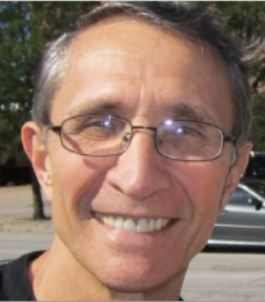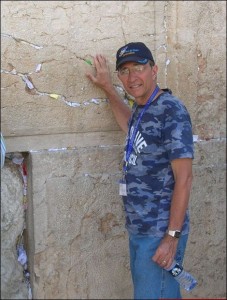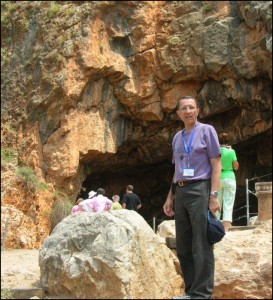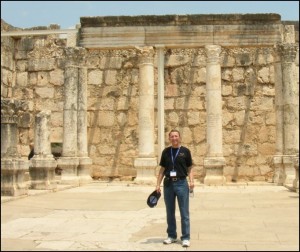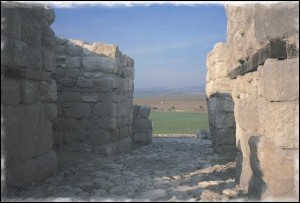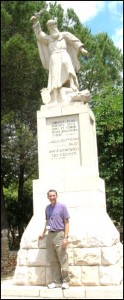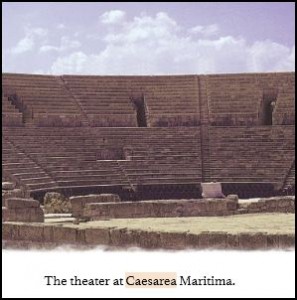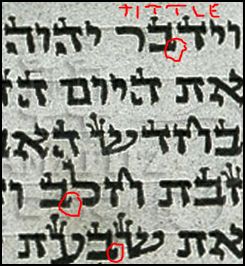David slew Goliath in the Valley of Elah. He faced a giant! If you study the description of this monster and compare him to David we see that he was indeed 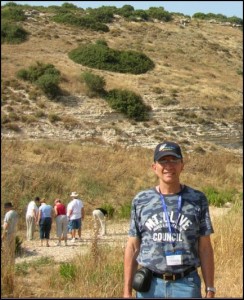 of incredible size and stature. He was enough to scare any of us away. The Story is recorded for us in 1 Samuel 17:2-7: “Saul and the men of Israel were encamped in the Valley of Elah and drew up in battle array against the Philistines. And the Philistines stood on a mountain on one side and Israel stood on a mountain on the other side, with the valley between them. And a champion went out of
of incredible size and stature. He was enough to scare any of us away. The Story is recorded for us in 1 Samuel 17:2-7: “Saul and the men of Israel were encamped in the Valley of Elah and drew up in battle array against the Philistines. And the Philistines stood on a mountain on one side and Israel stood on a mountain on the other side, with the valley between them. And a champion went out of 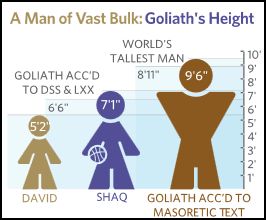 the camp of the Philistines named Goliath of Gath, whose height was six cubits and a span [almost ten feet]. And he had a bronze helmet on his head and wore a coat of mail, and the coat weighed 5,000 shekels of bronze. He had bronze shin armor on his legs and a bronze javelin across his shoulders. And the shaft of his spear was like a weaver’s beam; his spear’s head weighed 600 shekels of iron. And a shield bearer went before him.” He was a monster!
the camp of the Philistines named Goliath of Gath, whose height was six cubits and a span [almost ten feet]. And he had a bronze helmet on his head and wore a coat of mail, and the coat weighed 5,000 shekels of bronze. He had bronze shin armor on his legs and a bronze javelin across his shoulders. And the shaft of his spear was like a weaver’s beam; his spear’s head weighed 600 shekels of iron. And a shield bearer went before him.” He was a monster!
David was just a little guy (look at the picture at www.chucklarsen.com). My dad used to say that it’s not the size of the dog in the fight that mattered. He knew well because his dad, my grandfather, raised fighting pit bull dogs. Instead he said, it’s the size of the fight in the dog that matters. I’d say it’s neither of those. What really matters is the size of the “faith” that determines the victor. Faith is not something you take to church with you on Sunday morning. Faith is something you have when your bills are due and you have no money. It’s the size of your faith that mattes when a loved one dies, or when you’re persecuted at work. It’s the size of your faith that matters when you face an uncertain future with loved ones, occupations, homes, health and everything else. It was the size of David’s faith that made the difference. It made the difference when he faced lions. It made the difference when he faced bears. It was the size of David’s faith that made the difference when he faced Goliath as well.
Although I seem to have plenty of “Goliath” sized problems, it’s always great to face them with faith because there are no “big” problems with God.
Chuck
“You come to me with a sword and with a spear and with a javelin, but I come to you in the name of the LORD of Heaven’s Armies…” 1 Samuel 17:45
